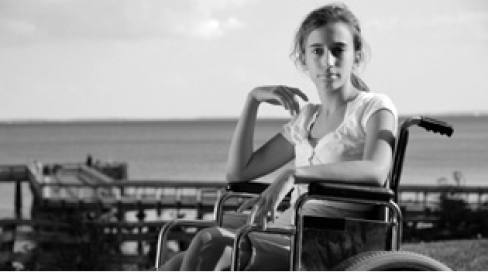Rationale and Benefits of Inclusion
- Inviting disabled and older people to be full, active partners in all aspects of emergency preparedness, response, recovery and mitigation benefits the whole community.
- Disabled and older people are experts on their own needs with unique skills and knowledge to contribute.
- Including agencies and institutions that address disability and aging issues in all aspects of emergency preparedness and disaster relief work is an important means of introducing universal strategies into practices that benefit the entire community. Strategies reflecting the needs and expertise of disabled and older people frequently integrate universal principles that benefit the broader population.
- The most comprehensive, inclusive and effective plans, policies, procedures and activities are those that ensure full accessibility and inclusion of disabled and older people. For example:
- Invite representatives of the disability and senior communities to provide input into all aspects of disaster planning, response and relief.
- Create a means of ensuring that (a) opportunities for input and dialogue are ongoing and (b) that reviews and testing of the plans, policies and procedures are built into the process.
- Incorporate principles of universal design into disaster plans, policies and procedures, and take into account legal requirements relevant to disability and aging.
- Make disaster relief and recovery plans, programs and outreach efforts available in formats accessible to people with disabilities and older adults – e.g., Braille, large print, audio tapes, etc.
- Build flexibility into policies and procedures during rescue and recovery so that operations can be readily adapted to meet the needs of disabled and older people.
- Make sure that emergency supplies reflect the diverse needs of the disability and aging communities for equipment and assistive devices or that there are funds to meet such needs.
- Media outlets can serve as allies in disaster relief efforts to ensure that emergency communication systems incorporate means of reaching people with sensory and other disabilities.
- Training curricula for rescue and relief personnel should:
- Integrate a range of strategies to meet the needs of disabled and older people, as well as information about the complex impact of emergencies on these groups.
- Invite disabled and older people with the necessary skills and background to train emergency personnel on disability and aging needs and how to respond to them.
 Disability Funders Network
Disability Funders Network
